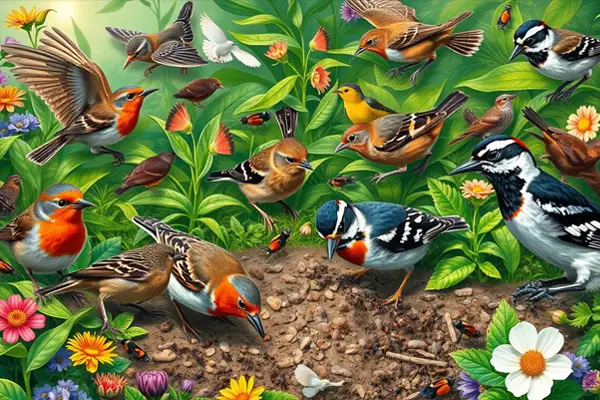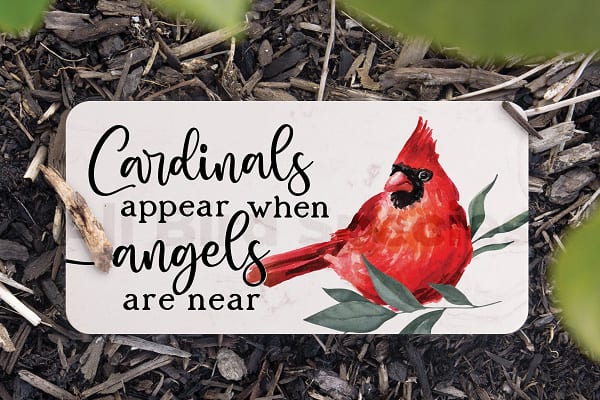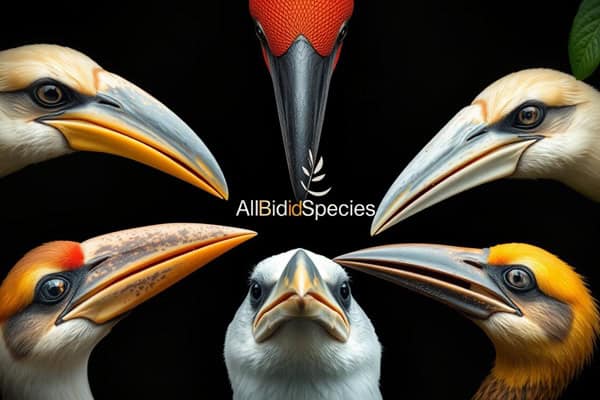Do Birds Eat Ants: A Guide to Avian Diet
Did you know some woodpeckers eat over 50% of their diet in ants? These birds are just a few examples of many species that eat ants. From Purple Martins eating billions of fire ants to swallows catching flying ants, birds and ants have a special bond.
This guide explores the world of bird diets, focusing on those that eat ants. It’s perfect for bird lovers, gardeners, or anyone curious about nature. You’ll learn about different bird species, their hunting ways, and the ants they eat.
Birds have different diets, from meat-eaters to nectar lovers. Many birds, especially insect-eaters, eat ants for protein and minerals. Learning about ants in bird diets helps us better understand our natural world.
Understanding Birds’ Relationship with Ant Consumption
Birds have a fascinating relationship with ants. Many species eat these insects. Studies show ants are eaten by 1,122 bird species, which is 11.2% of all birds worldwide.
Common Bird Species That Hunt Ants
Many bird types eat ants. This includes woodpeckers, pigeons, sparrows, and hummingbirds. Some birds that eat ants are:
- Woodpeckers
- Pigeons and pheasants
- Sparrows and starlings
- Hummingbirds
- Crows and wild turkeys
- Antbirds and wrens
- Grouse
Frequency of Ant Consumption Among Birds
How often birds eat ants varies. Woodpeckers might eat ants more than half their diet. Smaller birds eat ants more often because they need more energy.
Natural Hunting Behaviors
Birds have different ways to catch ants. They might forage on the ground, hunt on tree bark, or catch ants in the air. These methods show how birds and ants interact.
Do Birds Eat Ants: Natural Feeding Patterns
Birds have different ways to eat ants. Some, like woodpeckers, use their tongues to pick up ants from the ground or trees. Others, like bluebirds and robins, search for ants in lawns and gardens by digging.
How often birds eat ants depends on the bird, the season, and what else is available to eat. For example, blue jays rub ants on their bodies to get rid of parasites. This helps them stay healthy.
| Bird Species | Ant Consumption Frequency | Foraging Techniques |
|---|---|---|
| Woodpeckers | Highest ant consumers | Sticky tongues to capture ants from tree bark |
| Bluebirds, Robins, Crows | Regularly eat ants | Ground foraging, digging beaks into soil |
| Smaller Birds | More likely to forage for ants | Ground and shrub-level foraging |
| Larger Birds (Crows, Ravens) | Less frequent ant consumers | Varied foraging techniques, less focused on ants |
Ants are easy for many birds to find because they live almost everywhere. They are full of protein, zinc, potassium, and iron. This makes ants a key part of the avian diet for keeping birds healthy and strong.
Nutritional Benefits of Ants in Birds’ Diet
Many bird species rely on ants for nutrition. Ants offer proteins, minerals, and health benefits. They have a lot of protein, which is good for birds’ muscles and strength.
Protein Content and Muscle Development
Leaf-cutting ants and black ants have lots of protein. This is great for birds’ muscle growth and keeping them strong. It helps them fly and stay agile.
Essential Minerals and Nutrients
Ants also have minerals like zinc, iron, and potassium. These are important for birds’ blood and heart health. Some ants, like black ants, have antioxidants that help birds stay healthy.
Impact on Bird Health
Ants are good for birds’ health. They add nutrients to birds’ diets. This helps their immune systems, flying, and overall health. So, ants are a key part of a bird’s diet.
| Ant Species | Protein Content (per 100g) | Key Nutrients |
|---|---|---|
| Leaf-cutting Ants | 42-53 g | Protein, Zinc, Iron |
| Black Ants | 40-45 g | Protein, Antioxidants |
| Weaver Ant Larvae and Eggs | 7 g | Protein |
Popular Ant-Eating Bird Species in North America
North America has many bird species that eat ants. These birds help control ant numbers, especially in backyards. Some common ant-eating birds in the area include:
- Northern Flickers – These woodpeckers love to eat ants, making up to 60% of their diet.
- Downy Woodpeckers – Small but fierce, Downy Woodpeckers often visit backyards for ants.
- Pileated Woodpeckers – The biggest woodpeckers in North America, they find carpenter ants in logs and trunks.
- European Starlings – Introduced but common, Starlings forage for ants and insects in neighborhoods.
- Cedar Waxwings – Fruit-eaters that eat ants and small insects, especially when breeding.
- American Robins – A common backyard bird, Robins eat ants and insects as part of their diet.
- Song Sparrows – Small songbirds that hunt ants and insects in leaf litter.
- Northern Cardinals – Seed-eaters that also eat ants and insects, especially when feeding young.
- American Crows and Common Ravens are intelligent birds that eat ants and insects they find.
- Gray Catbirds – Backyard favorites that eat ants and other insects.
- Wild Turkeys – Mainly herbivorous, but eat ants and insects, especially when breeding.
By attracting these birds to your backyard, you can help keep the ecosystem balanced. This natural approach helps manage ant populations.
| Bird Species | Ant Consumption Characteristics |
|---|---|
| Northern Flicker | Ants make up to 60% of their diet, primarily foraging on the ground |
| Pileated Woodpecker | Specializes in hunting for carpenter ants in fallen logs and tree trunks |
| Cedar Waxwing | Supplements its fruit-based diet with ants and other small invertebrates |
| American Robin | Versatile forager, includes ants and insects in its diverse diet |
| American Crow | Opportunistic feeder, consumes ants and other insects encountered while foraging |
Woodpeckers: The Ultimate Ant Predators
Woodpeckers are great at eating ants. Birds like Pileated Woodpeckers and Downy Woodpeckers hunt for ants and their young. They have special ways to eat ants.
Specialized Feeding Techniques
Woodpeckers use strong beaks to cut into trees. This lets them get to ant homes. Then, they use long tongues to grab ants and larvae.
Some woodpeckers can eat over 5,000 ants at once. This makes them top ant hunters among birds.
Preferred Ant Species
Woodpeckers like to eat certain ants more than others. For example, Northern Flickers mostly eat ants and beetles. They use their curved bills to find food.
Seasonal Variations in Diet
Woodpeckers’ diets change with the seasons. In winter, they eat other bugs, fruits, and seeds too. But ants are still key to their diet.
Woodpeckers are important for controlling ant numbers. Their special ways of eating ants make them the best ant hunters among birds.
Types of Ants Commonly Consumed by Birds
Birds eat many types of ants. Each ant has its own special traits. Birds choose what to eat based on where they live and how they hunt.
Black carpenter ants are a favorite of many birds. Woodpeckers, starlings, and sparrows love them. These ants are full of protein and nutrients. They live in trees and rotting wood, making them easy for birds to find.
- Black Garden Ants
- Carpenter Ants
- Red Ants
- Flying Ants
Some birds, like Purple Martins, even eat fire ants. This shows how many kinds of ants birds can hunt. What ants a bird eats depends on where it lives and its habitat.
| Ant Species | Commonly Consumed By |
|---|---|
| Black Garden Ants | Sparrows, Starlings, Robins |
| Carpenter Ants | Woodpeckers, Starlings, Sparrows |
| Red Ants | Jays, Crows, Thrushes |
| Flying Ants | Swallows, Swifts, Warblers |
The variety of ants birds eat shows how important ants are in their diet. Ants are a key part of what birds eat, no matter where they are.

Foraging Techniques and Hunting Strategies
Birds have many ways to catch ants. They use ground pecking and flying tricks. These show how smart birds are at hunting.
Ground Foraging Methods
Thrushes, blackbirds, and robins find ants in the ground. They use their beaks to dig and find ants. This way, they get a lot of protein.
Tree Bark Hunting
Woodpeckers are great at finding ants in tree bark. They use their strong beaks to open the bark. This lets them eat a lot of ants without using much energy.
Aerial Capture Techniques
Swallows and swifts catch flying ants in the air. They are fast and have good eyesight. This makes catching ants easy for them.
Birds use different ways to find ants. This shows how clever they are at getting food. They are very good at hunting ants.
Bird-Ant Interactions in Different Environments
The relationship between birds and ants changes a lot in different places. In gardens and backyards, birds like robins and sparrows eat ants on lawns. This helps keep the ecosystem balance by controlling ant numbers.
In woodlands, woodpeckers hunt carpenter ants in trees. This is important for the habitat influence on bird behavior.
In cities, birds like starlings and pigeons eat ants on sidewalks or in parks. These bird-ant interactions are interesting to birdwatchers. They also help keep the ecosystem balance in different places.
| Environment | Bird Species | Ant Interactions |
|---|---|---|
| Gardens and Backyards | Robins, Sparrows | Foraging for ants on lawns |
| Woodlands | Woodpeckers | Hunting carpenter ants in trees |
| Urban Areas | Starlings, Pigeons | Consuming ants on sidewalks and in parks |
These bird-ant interactions are key to keeping the ecosystem balance. They help control ant numbers in different habitats. This affects how birds behave in those places.
Impact of Ant Populations on Bird Behavior
Ant populations can change how birds act in your area. Places with lots of ants might attract birds that eat ants. This can change how these birds live and hunt.
Territorial Considerations
Places with many ants are great for birds that eat ants. These birds compete for the ant abundance in bird territories. Watching how these birds act can teach us about their ecosystem.
Seasonal Patterns
- Ants are not always easy to find, and birds adjust their hunting plans.
- In areas with more ants in some seasons, birds hunt more during those times.
- When ants are scarce, birds might eat other things or look for new places to hunt.
The way birds and ants interact is key to their ecosystems. Knowing about these interactions helps us protect birds and their habitats.
Creating a Bird-Friendly Environment for Ant-Eating Species
To attract ant-eating birds, make your backyard welcoming. Keep your lawn short and neat. This lets birds easily find and eat ants.
Place bird feeders around your yard. Make sure they’re clean and full of good food. Add water sources for the birds too.
Use safe ways to control pests, not harmful chemicals. Try natural methods like diatomaceous earth or essential oils. Plants like mint and basil can also keep ants away.
A diverse garden helps both ants and birds. This creates a healthy backyard. It’s good for all birds and helps local wildlife gardening.







